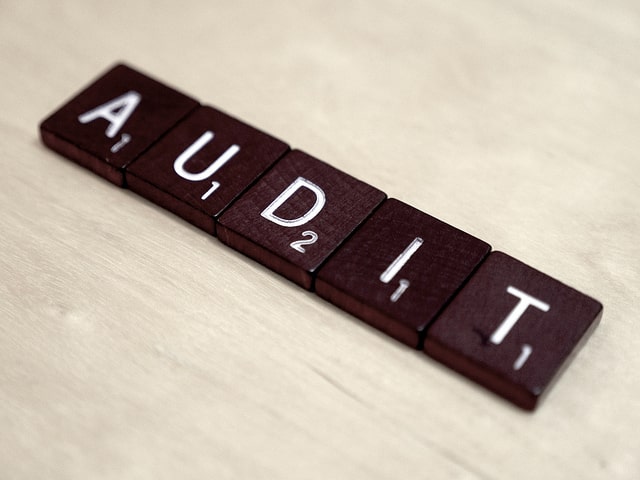Auditing for Information Technology

Information technology (IT) auditing collects and evaluates information relating to IT facilities. An IT audit may augment a financial audit, but it is specially created to check the IT facilities’ precision, performance, and security. Though around considering the 1960s, IT audits have actually ended up being particularly crucial in the 21st century, when a lot of a service’s task is performed or helped digitally.
The initial IT audits were demanded by the use of electronic devices in accountancy systems. Early computers did a little bit greater than that-compute-and the mix of their expenditure with their extremely slim emphasis on applications meant that they were taken on gradually. Though General Electric used a digital audit system in 1954, computer system use was a highly specialized ability, as well as early input approaches (such as punch cards or paper tape) bored to error-check.
With the development of customized workplace computer systems in the 1960s as well as the change towards establishing computer systems for individuals who did not deal with them for a living, larger organizations began to incorporate computers into some of their audit treatments, especially data storage space (such as to monitor stock or appointments) and dealing with big quantities of complex information.
The very first IT audits were a result of digital information handling (EDP) audits, double-checking the accuracy of the software application systems in operation at an organization and also the information participated in as well as originated from them.
This led to the advancement of customized accountancy software, and in 1968 the American Institute of Certified Public Accountants aided formalize EDP audits, keeping them at the rigorous standards utilized by monetary audits. The Electronic Data Processing Auditors Organization (EDPAA) was created soon after that, for the growing variety of accountants that focused on EDP audits. EDPAA has since (in 1994) transformed its call to the Information Solution Audit as well as Control Association, and also publishes CobiT-Control Goals for Details and also related Technology, the widely approved listing of standards and goals in IT audits.
IT auditing came to be especially focused on in the consequences of the Equity Funding Firm of America detraction of 1973 when previous EFCA worker Ronald Secrist and expert Ray Dirks reported that the Los Angeles company-which offered mutual funds, as well as life insurance, was guilty of widespread and well-organized audit fraudulence. At least 100 employees since 1964 had been guilty of tricking investors and the federal government, which deceit included a computer system devoted to the bogus insurance plan for make-believe policyholders.

Determining the level of the fraudulence, of course, meant auditing the computer system, in addition to all others being used by the company-a procedure that took control for 2 years. In a similar way, in the wake of the 21st-century bookkeeping scandals, the Sarbanes-Oxley Act of 2002 was passed, establishing stricter standards for public firm boards as well as public accounting firms with a better focus on IT audits.
There are five classifications of IT audits:
Systems and also Applications audits test the input, result, as well as processing at any way level of the company’s systems and also applications. If you would like further information about auditing, please click for source!
Information Processing Facilities audits test the control of the processing facility under typical as well as turbulent problems. Systems Growth audits to check out the systems undergrowth to ensure that they fulfill the firm’s objectives as well as criteria.
Management of IT and also Enterprise Architecture audits analyze the business structure as well as treatments in operation.
Client/Server, Telecommunications, Intranets, and Extranets audits concentrate on networking problems, a location where there is a certain interest in staying present in safety methods.

